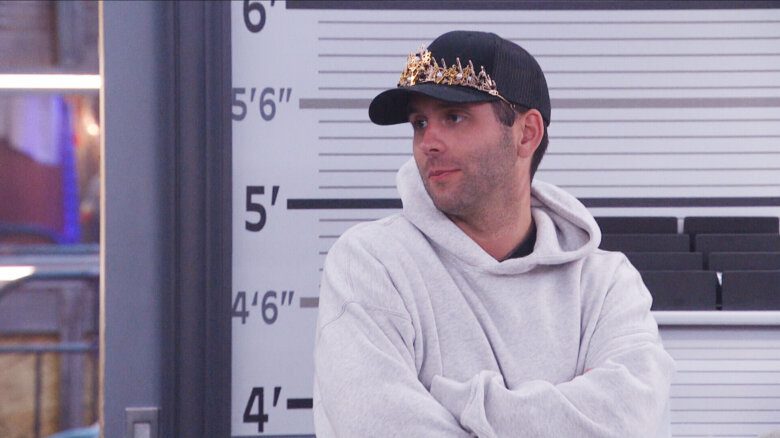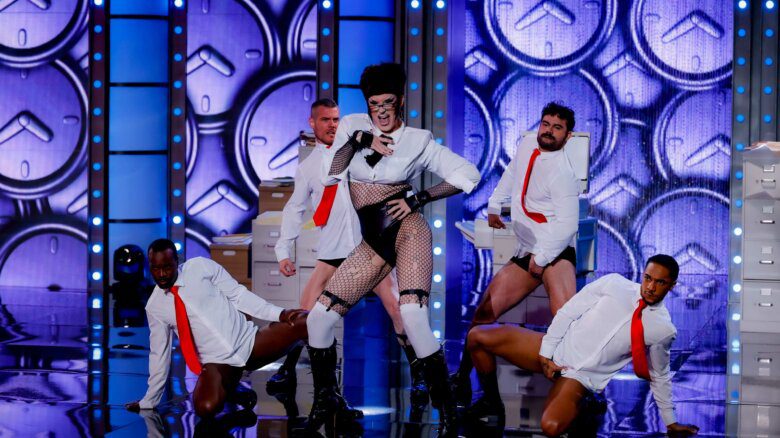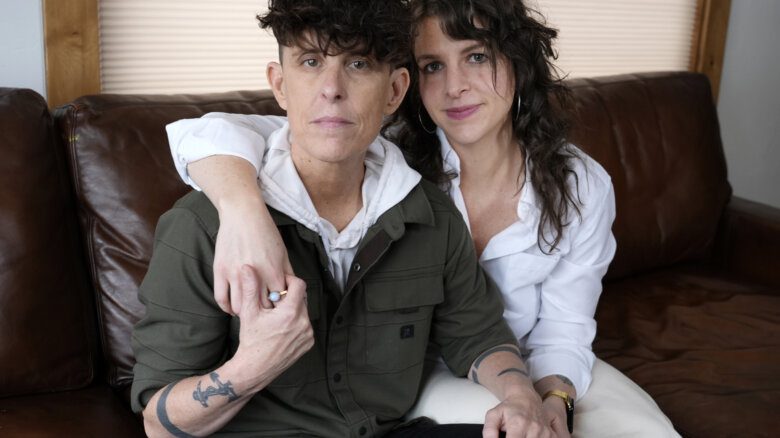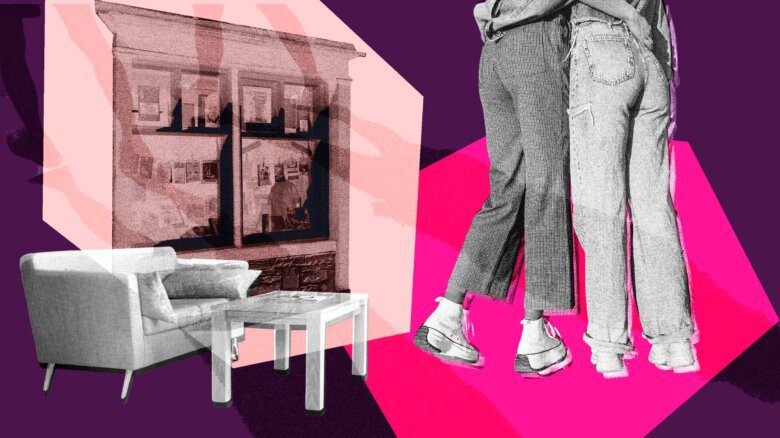From pink triangles to pansies, pop culture to politics, tattooing and queerness go hand in hand. Queer Ink is a seven-part series on queerness and tattooing, where we’ll dive deep into the ways that queer and trans people use tattooing to embody ourselves and identities. Here, writer Lindsay Lee Wallace profiles an upstart initiative to use the community of tattooing as a way to mobilize queer collective care.
Pansies have been queer for at least 100 years. Prior to the 1920s, the term “pansy” was wielded as an insult against men who didn’t meet traditional standards of masculinity. Then came the glittering whirl of drag ball culture that blossomed during the 1920s and ’30s, sparked by Harlem’s masquerade balls and known as the Pansy Craze. Some drag performers who gained prominence during this time also acted in Hollywood films—for instance, Jean Malin, who appeared alongside Joan Crawford in Dancing Lady (1933). This further increased the visibility of LGBTQ2S+ people in popular culture throughout North America, even as the restrictive Hays Code imposed anti-queer censorship on film production. In 2005, gay U.K.-based artist Paul Harfleet began his Pansy Project, planting a single pansy at sites of homophobic abuse, as a sign of quiet resilience. Today, through a project called A Thousand Pansies, the pansy has gained another meaning: as a symbol of queer collective care.
The project, launched by non-binary tattoo artist Cedre Csillagi, aims to not only symbolize care, but directly facilitate it. By donating $500 or more to Black queer health and wellness organization The Knights and Orchids Society (TKO), participants can book a slot with one of 12 tattooers currently volunteering their time around the U.S., and receive the pansy design Csillagi created specifically for this project. Those unable to afford $500 can book an appointment on a sliding scale, with the difference made up by other donations. Since the project launched in October 2022, more than 100 pansies have been tattooed.
In April 2022, as wave after wave of violent legislation and cultural cruelty crashed over trans and queer people in the United States, Csillagi wanted to “bring joy to the hellscape” through the idea that “anyone and everyone could wear an image that speaks to being an ally around trans joy and queerness.” They chose the pansy for its history as a LGBTQ2S+ symbol, its potential as a recognizable and replicable tattoo design, and as an homage to Harfleet’s Pansy Project.
Csillagi also wanted the project to have a tangible and specific positive effect. She connected with TKO, a Selma, Alabama-based organization providing healthcare, housing and peer support to Black trans, queer and “same-gender-loving” people across Alabama and the U.S. south.
Established in 2012 by Quentin and Jennine Bell as Alabama’s first and only HIV/AIDS treatment and prevention organization founded and led by Black trans and queer people, the Society has grown in response to the needs of its community.
“We’ve adopted the mission of covering a spectrum of health and wellness services. Safe housing, nutritious food and having access to gender-affirming care are all key components to health and wellness,” says TC Caldwell, community engagement director at TKO.
The organization has also created a youth ambassadors program led by trans and gender nonconforming young people, along with program coordinator Joshua Baker. The program prioritizes empowerment and accessibility by providing resources both virtually and in person.
Caldwell says Csillagi reached out with “such a clear intention in how they wanted to support. We were so honoured that they chose to work with our organization for this incredible project.”
In addition to helping support TKO’s day-to-day programs, funds from A Thousand Pansies are contributing to the organization’s efforts to purchase the building where it operates. Owning its space would further anchor the already essential institution in its community, allowing it to better serve as both a safe space and a resource hub.
“There aren’t many safe spaces for Black trans and queer folks to exist whole in the South,” Caldwell says. “Having our own space is very critical to this work.”
As a non-binary person originally from Texas and now living in San Francisco, Csillagi is familiar with the difference it can make to feel at home in a space—it’s part of what inspired A Thousand Pansies. “I know what I feel like as a queer person walking into a store or restaurant and there’s a flag up, or something that makes me feel welcome,” they say. “My heart opens a little wider when I see that.”
While the pansy is a recognizable banner for LGBTQ2S+ people to connect under, Csillagi says she also initially conceived of the tattoo as a way for allies to visibly assert their support. As recent events like the murder of Laura Ann “Lauri” Carleton for flying a Pride flag outside her shop demonstrate, the stakes of allyship ratchet up in tandem with the threat to queer lives. To declare yourself an ally is to make a commitment to the interconnectedness of our liberation.
“We’re not all free until everyone’s free,” says Csillagi. “I am trying to create a literal icon, something you see in the world, and it connects you to that person, and to community.”
How do you launch a movement in indelible ink? Csillagi tattooed themself with the pansy to start, and went from there, reaching out to friends to tell them about the project and ask if they would be interested in a pansy tattoo. When Bay Area-based writer Kate Schatz got the message, her answer was immediate: “Fuck yeah, sounds great.”
Schatz, who was one of the first people tattooed as part of the project, got her pansy tattoo during a moment of transition. She had recently divorced her husband and was in a relationship with the woman she would eventually marry. “Getting the tattoo felt like a way to have visibility, and to really connect” with the queer community, says Schatz.
The connections came even more quickly than she could’ve anticipated. En route to their wedding, Schatz and her soon-to-be-wife made a pit stop and ran into a stranger who also had a pansy tattoo: chef Preeti Mistry. Delighted, the group snapped a photo together and sent it to Csillagi.
Advertisement
Like Schatz, Mistry got their pansy tattoo in the early days of the project. Mistry says that for them, being a part of the project is deeply meaningful. “In these times with hateful violence on the rise—and always—I think it’s hard to know how to support others in our community in a meaningful way beyond just giving money. And also money is real and queer folks need it to survive. This project both builds/supports community, but also raises funds for the survival of our queer community.”
Csillagi also interviews interested pansy recipients for the project’s Instagram, giving people a chance to share what the tattoo means to them both personally, and as a symbol of commitment to a wider community. “I think everyone should be able to speak about joy in general, and speak about an experience that might not be your own,” she says.
As the project progresses, Csillagi says they’d like to see more straight, white tattoo artists donate their time to the project, as an acknowledgement of their privilege in a profession that’s still disproportionately straight, white and male.
That makeup is, however, beginning to change. Csillagi notes that since they began tattooing over 20 years ago, the profession has become “more and more queer.”
“You’re connecting with people, touching them, taking care of them, hurting them,” Csillagi muses. “And yeah, there is something very queer to the job.”
The project also shifts a conversation that’s commonly had about both tattooing and gender-affirming care away from a false, alarmist focus on permanence and regret, toward a celebration of the joy that tattoos and access to care can bring.
“There’s something about tattoos and queering the body, and decorating it, and subverting ideas of acceptability,” says Schatz.
So far, A Thousand Pansies has raised over $50,000 for TKO. “We can’t do this work without support or community,” Caldwell says. “It’s going to take all of us to get to liberation.”
Inside the Queer Ink series…
Series editor Mel Woods introduces the history behind queer and trans people and tattooing, and dives into how tattooing has played a key role in their own life and identity. (Oct. 2, 2023)
Lindsay Lee Wallace explores the A Thousand Pansies Project, an initiative to use tattooing as queer collective care. (Oct. 4, 2023)
Xtra staff share the stories behind some of our own gayest tattoos. (Oct. 10, 2023)
Adam Rhodes dives deep into erotic tattoos and the queers who choose to get them. (Oct. 12, 2023)
BJ Ferguson explores the world of post-op top surgery tattoos. (Oct. 17, 2023)
Julia Peterson profiles some of the Two-Spirit tattooers using the artform to express and explore identity.
Next up: Xtra staff share some of our queerest tattoo stories.
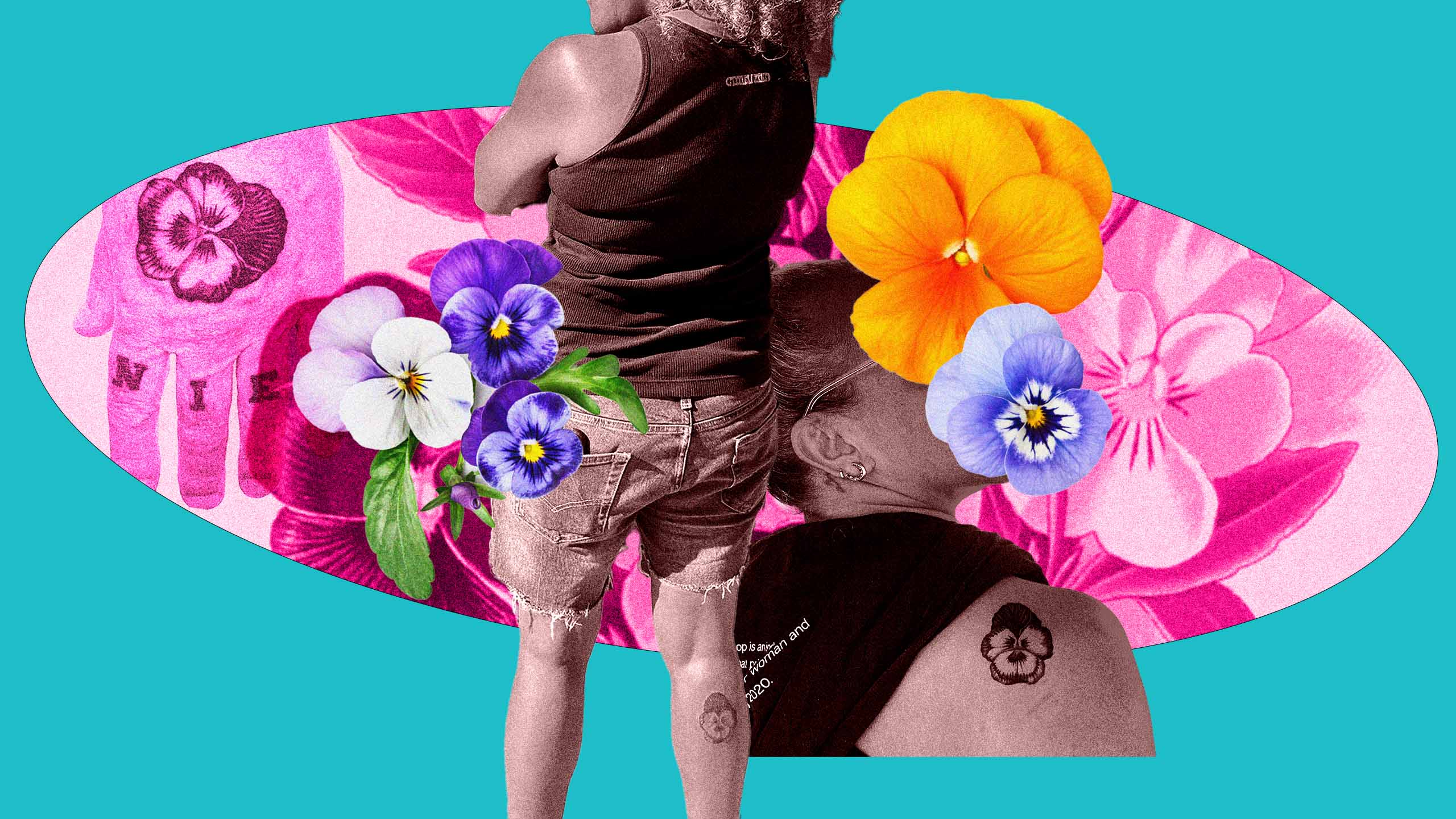

 Why you can trust Xtra
Why you can trust Xtra